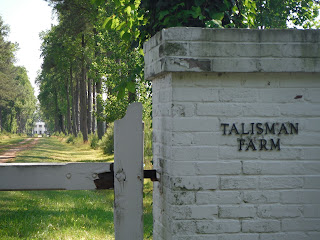Today concluded our ecological
restoration class. I have said that this class has embodied what I would call
an ideal college class, and I know my classmates feel similarly. It was very
rewarding to hear about an issue in lecture, and then to go out and help and
work on the problem. On our first day of class, Dr. Olson asked each of us
Derrick Jensen’s classic question: would the world be better off if you had never
been born. Each of us concluded that thus far, our lives have had an overall
detrimental effect on the health of the planet, which is a heavy thing to
admit. I personally have dedicated my life to trying to change the answer to
that question, and this class has been a huge step in the right direction. Trying to be a net gain on the health of the
planet will certainly take my whole life, and be a constant struggle. This
class prepared each of us in different ways for this battle. We all have more
experience and more knowledge of what this battle will require from each of us.
Even though this is the last blog post, this is by no means the end of our
ecological restoration efforts.
1. Fishing Song by Taj Mahal (dedicated to Julius)
2. Blue Diamond Mine by Jean Ritchie (dedicated to Buckeye)
3. James River Blues by Old Crow Medicine Show (dedicated to
the Coal River Grille)
4. Paradise by John Prine (dedicated to coal miners)
5. Under Pressure by David Bowie (dedicated to coal and hydric
soils)
6. One way or Another by Blondie (dedicated to Tammy Horn’s
weedeater)
7. Have you ever seen the Rain by Credence Clearwater Revival
(dedicated to Fishtrap)
8. Here comes the Sun by the Beatles (dedicated to Karen)
9. We’re not gonna take it by Twisted Sister (dedicated to high
bush honeysuckle)
10. For What it’s Worth by Buffalo Springfield (dedicated to
Richard)
11. I will Survive by Gloria Gaynor (dedicated to oysters)
12. All the Singe Ladies by Beyoncé (dedicated to spat)
13. Black Water by the Doobie Brothers (dedicated to Becca)
14. Cornbread and Butterbeans by the Carolina Chocolate Drops
(dedicated to Jordan)
15. Over the Hills and Far Away by Led Zeppelin (dedicated to Emily Grace)
16. Dust in the Wind by Kansas (dedicated to sand)
17. When the Levee Breaks by Led Zeppelin (dedicated to the
weather during this class, and tropical storms)
18. It’s the End of the World as we Know it by R.E.M. (dedicated
to the planet)






























